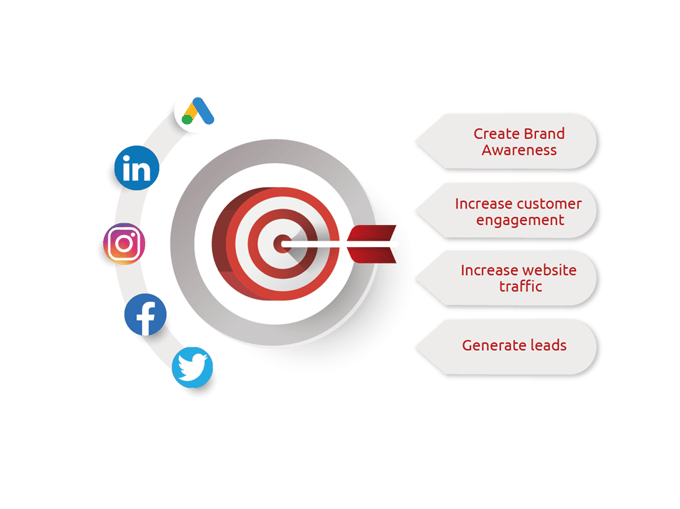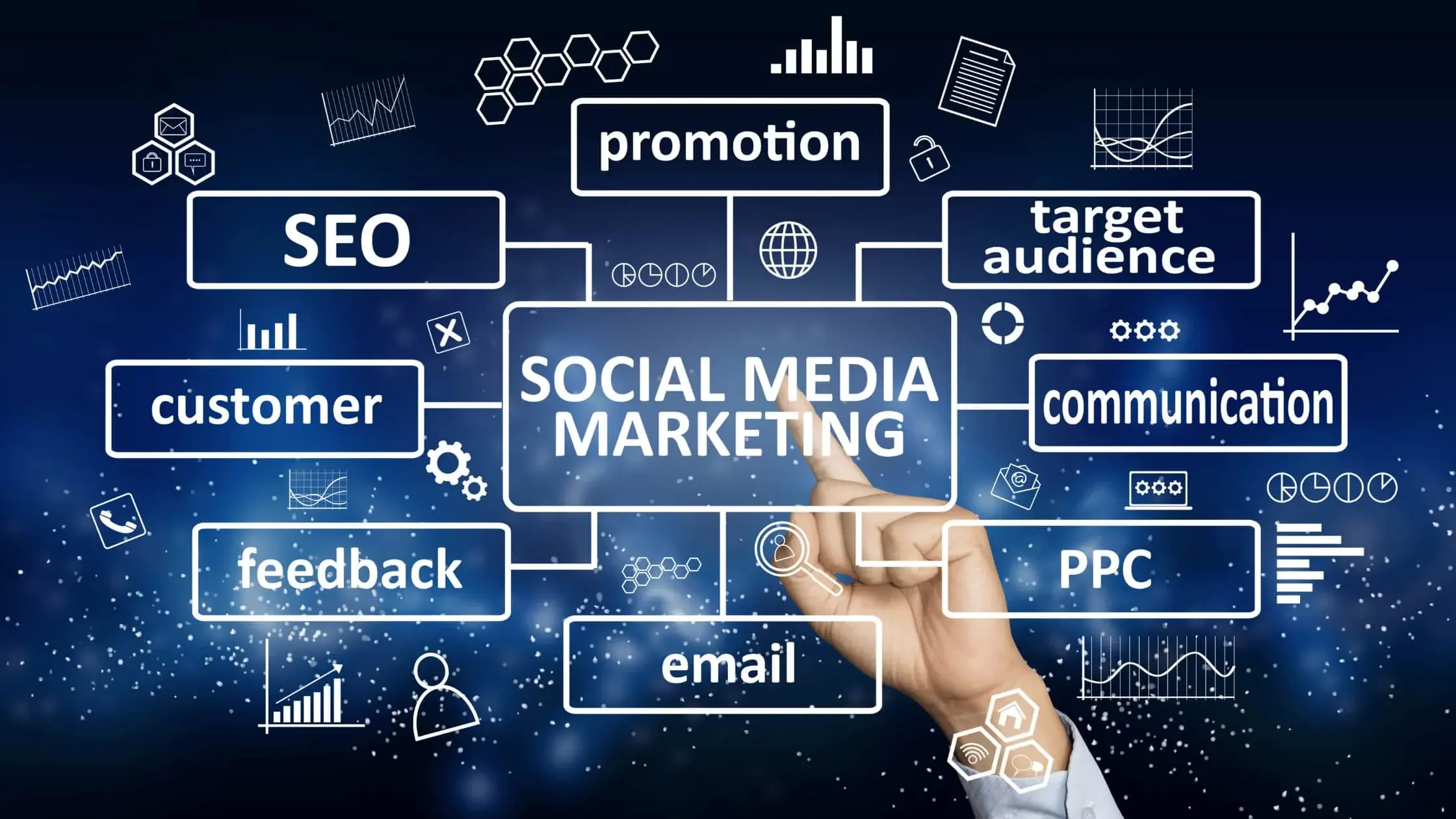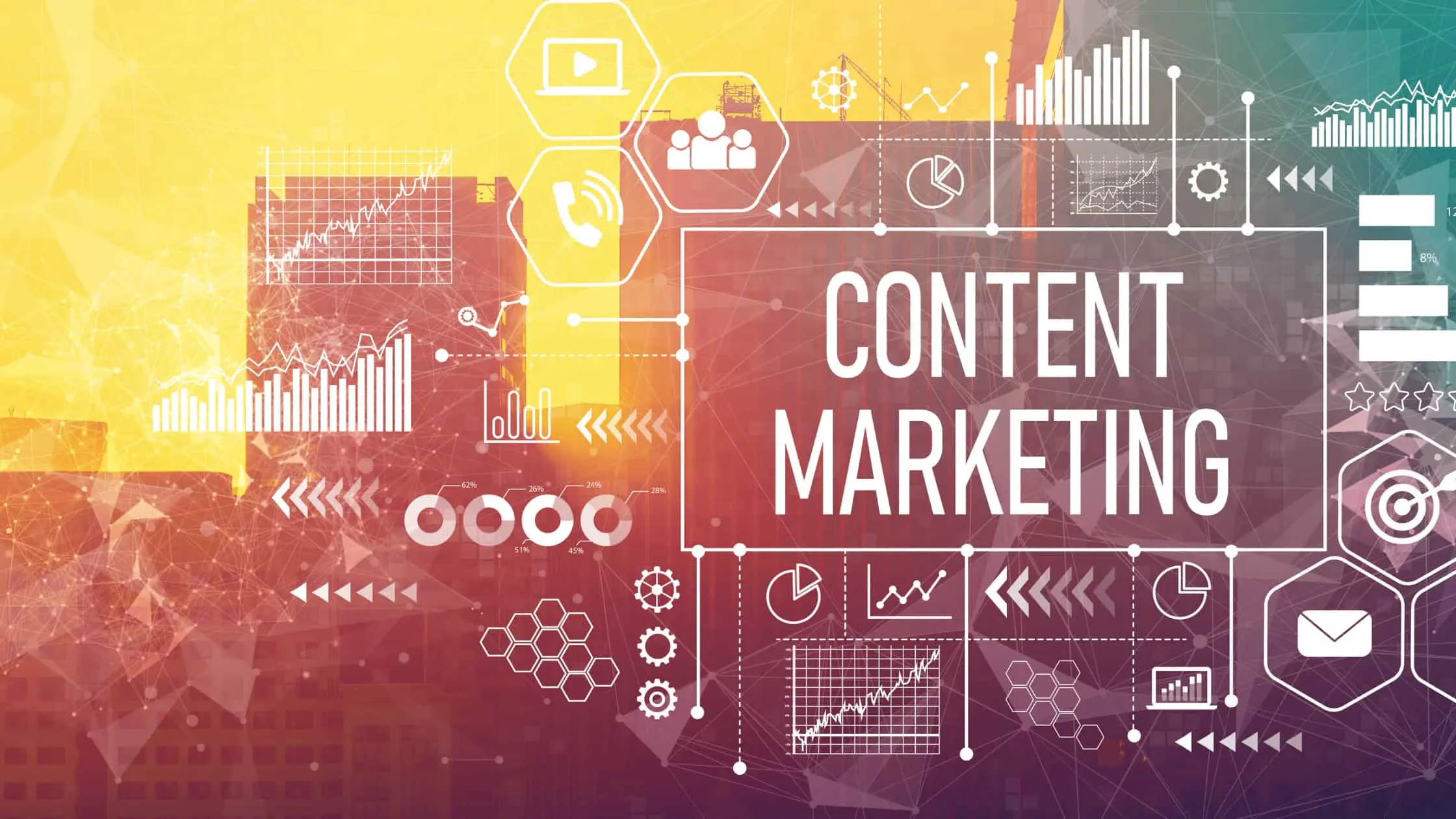B2B marketing goals that can be achieved using paid marketing
In the last couple of years, individuals and brands have seen a big change in how they operate their business, ‘online’ is the keyword here. Businesses now rely greatly on digital marketing, with paid advertising an important element.
Paid ads can increase brand awareness by an average of 80%(1). With paid marketing, you can deliver content to specific personas searching for something and drive action.
In this blog, let us see how you can use paid advertising to achieve specific B2B marketing goals.
What is Paid Marketing?
In digital marketing, paid marketing or paid advertising is one in which the advertiser must pay to display ads to specific audiences. Paid ads on social media (such as Facebook, Twitter, LinkedIn, and Instagram) are fast-growing in number, making social media advertising the second-biggest market(2) in digital ads. The biggest advertising market is search advertising, which works on Pay Per Click (PPC) model. Here, advertisers must pay only when an ad is clicked.
Here is how paid advertising works for B2B marketing. Say you are a manufacturer of syringes, and your focus is lead generation. You can define your audience and create ads on LinkedIn, which has a large user base of healthcare professionals. The ad is displayed only to the relevant audience, who are most likely to click the CTA and fill out the form.
Why are businesses choosing paid marketing?
77% of B2B marketers use paid social media(3) or promoted posts for content marketing.
Here is why.
-
To target the right personas –
Paid ads help you target specific personas by defining demographics, geography, behavior, interest, and so on. This ensures better utilization of the advertising budget. -
To get quick visibility on multiple channels –
There are many channels to choose from. LinkedIn, Twitter, Facebook, and Instagram are among the social media channels. For paid search, options are Google Search Network and Google Display Network. -
To retarget those who have interacted with the ads –
Paid marketing lets you retarget those who have shown interest, interacted with the advertisement on any social media channel or website, and keep them engaged with your content. -
To track performance and employ dynamic audience segmentation –
Paid ads can be tracked easily, which helps you understand how your ad is performing, the click-through rate (CTR), who is clicking the ads, and so on. With dynamic audience segmentation, you can ensure that audience is relevant and most updated.

4 Essential goals businesses can achieve using paid marketing
In B2B, paid advertising is mainly used for top-of-the-funnel activities and lead generation, unlike in B2C, where it is used for conversion. Here are the goals you can achieve with paid advertising:
-
Create brand awareness –
Great designs, combined with powerful content in paid ads, can create the desired impression in the minds of the audiences. For example, a healthcare company can use promoted posts to market white papers, webinar invites, online conferences, etc. This will help prospects, who are in the awareness stage, learn about the company. -
Increase customer engagement –
Paid ads on social media can intrigue the target audience and encourage them to participate actively through likes, comments, shares, mentions, or sign-ups. Promoted posts can help the content reach more and more people, who will then interact with the content in the form of comments, shares, mentions, or form fill. Continuing the same example above, the healthcare company can leverage certain globally celebrated days and create a competition around them (like World Tobacco Day or World AIDS Day). -
Increase website traffic –
With compelling content and the right CTA in paid ads, you can quickly increase website traffic. When you offer something of value to audiences, they will respond by clicking the CTA. It could be ‘Get Free Trial,’ ‘Request a Demo,’ or ‘Download for Free.' This click takes the audience to your website, where they see your offerings. -
Generate leads –
As paid ads are instantly displayed in front of specific personas who meet certain criteria, the chances of click and lead generation increase. When you engage with the audience through event invites, participation in competitions, and downloadable content, you effectively get a golden opportunity for lead generation.
Channels for B2B paid marketing
As mentioned before, there are multiple channels to choose from, but it depends on where your audience spends most of their time and the goal.
-
Google Ads –
Google has an 85.42% desktop search engine(4) market share. For quick search results, Google works well. -
LinkedIn –
Home to 750 million business professionals(5), with 4 out 5 driving business decisions, it is the #1 platform for B2B lead generation. 75% of B2B marketers who use paid social media, use LinkedIn(6) to build credibility/trust. The platform is best used for thought leadership, showcasing business values, expertise, and so on. Hence, creating brand awareness and meaningful engagement with professionals are two goals that can be achieved with LinkedIn. -
Facebook –
Following LinkedIn, Facebook is the second most commonly used paid social media platform by B2B marketers(7). More than 200 million small businesses(8) use it to reach their audience. -
Twitter –
Being a social networking site laid on the foundation of building strong communities, it can be used for brand awareness and for building brand reputation. -
Instagram –
Instagram is a visually-driven social media platform that rewards you for being able to engage with the audience. It is useful for building brand awareness and increasing customer engagement.
The tools for creating and publishing paid ads are pretty intuitive. Each platform has its tool, such as LinkedIn Ads, Twitter Ads, Google Ads, and so on.
Things to plan before beginning with paid marketing
-
Goal -
Clearly define the goal so that you can create campaigns and track metrics accordingly. Your goal could be – awareness, engagement, increasing website traffic, or lead generation. -
Budget –
Have a defined budget, which will then drive decisions on other fronts. The budget must be linked to the goal. Think about what returns are expected, and then allocate the budget. For example, if the goal is brand awareness only versus a goal of increased lead generation, then brand awareness will not yield as much ROI as lead generation.
-
Target audience -
Identify your target audience, understand their demographics, geography, internet usage pattern, challenges facing, stage in the customer journey, and so on. Advertising to the right audience is critical for correctly utilizing the budget and meeting the goal. Take an example – If the goal is lead generation, there is no point in having doctors fill up a contact form for the advertisement for diagnostic equipment. The real target audience here would be lab owners. As doctors are not the decision-makers, the whole exercise becomes futile. -
Platforms –
Once you know your target audience, you can decide the platform where you need to run the ads. For example, we know Instagram is great for engaging with audiences, but if yours is a healthcare company, LinkedIn could be a better choice for meeting your goal of engaging customers, as LinkedIn has a large user base of healthcare professionals.
-
Keywords –
Research the keywords used by your audience, per their stage in the customer journey, and incorporate them into the content. For example, a clinical lab owner in the conversion stage will use words like 'price of syringes.' If your goal is to take visitors to the product/pricing page, you must incorporate these keywords and bring them from the top and middle of the funnel to the bottom of the funnel. This is an example of a transactional keyword that prospects would use in the conversion stage. They could use informational keywords, such as 'smallest syringe', in the awareness stage. -
Creatives (Ads and Landing Pages) –
The ad is the door to your prospects. Make it attractive and intriguing with a call-to-action button. The landing page needs to be crisp, with a short contact form. Whether your goal is awareness or lead generation or anything between these two, creatives must be appealing and address the target audience's pain point. For example, a medium-size diagnostic lab owner struggling to manage appointments for sample collection would be very interested in an ad that talks about a tool that allows seamless management of appointments.
During the entire process of planning, executing, and tracking a paid marketing campaign, you must not lose sight of the goal you started with. That is when you can expect a good ROI. Although paid advertising is quite exciting, it requires thorough research and planning, which is why most often, businesses who don't have the right skill set or resources for it hire an agency.
How can Ethosh help you make the most of paid marketing?
At Ethosh, we have partnered with many start-ups and Fortune 100 companies to kick-start their digital transformation. From planning to execution and tracking of paid marketing campaigns, we deliver solutions that help you effectively communicate with audiences at a cost advantage. Get ready to transform customer experience with targeted paid marketing.
Reference and Citation-
1. https://techjury.net/blog/ppc-stats/#gref
3. https://contentmarketinginstitute.com/2021/10/b2b-power-content-marketing-research/
4. https://gs.statcounter.com/search-engine-market-share/desktop/worldwide
5. https://business.linkedin.com/marketing-solutions/audience
6. https://contentmarketinginstitute.com/2021/10/b2b-power-content-marketing-research/
8. https://contentmarketinginstitute.com/wp-content/uploads/2020/09/b2b-2021-research-final.pdf





